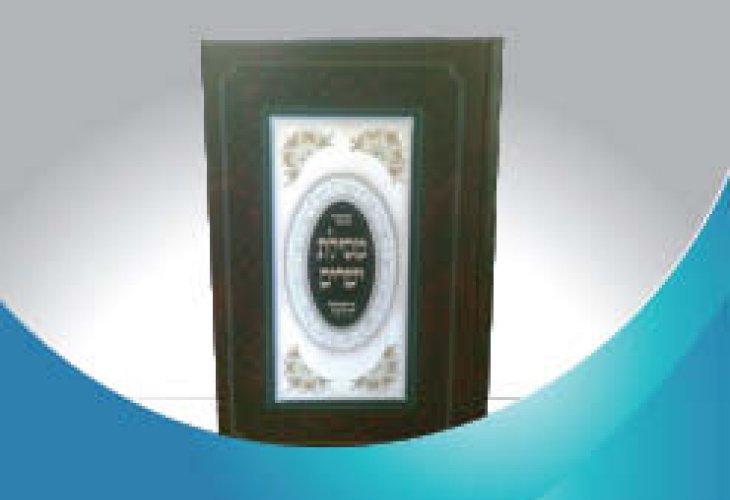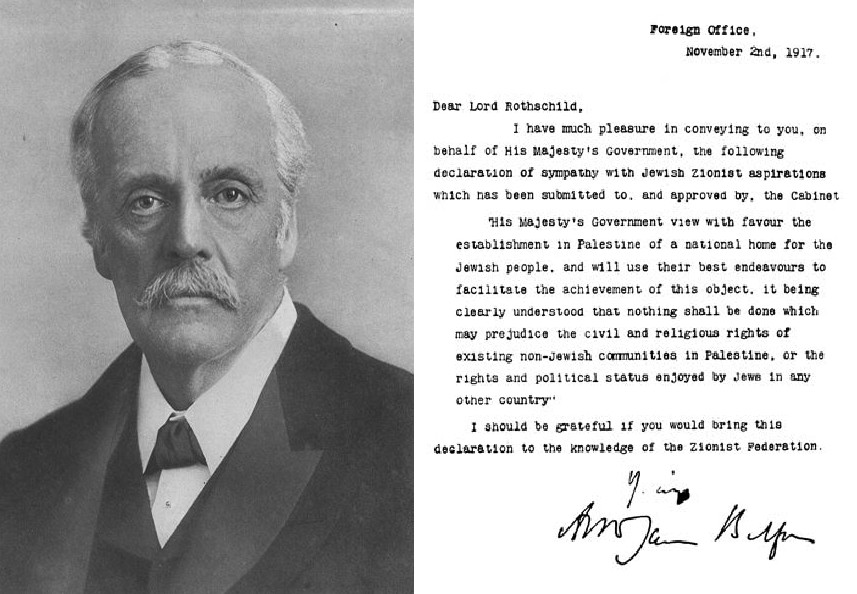"Dear Lord Rothschild...": A New Exhibition Showcases the Draft of the Letter that Changed History
On November 2, 1917, the British Foreign Secretary sent a brief letter to Lord Lionel Rothschild that altered the course of history and exposed the true face of the Reform movement.
 Lord Rothschild
Lord RothschildIf the boycott movement activists against Israel could travel back in time and change one event in the course of history, there's no doubt what they would choose to do. They would go back to November 2, 1917, visit the office of British Foreign Secretary Lord Balfour, and prevent him from sending to Lord Lionel Rothschild the letter known in history as the 'Balfour Declaration'.
This short letter does not reflect the long negotiations that took place behind the scenes. A new exhibition in the United States, a joint initiative of the American Jewish Historical Society in New York and the National Museum of American Jewish History in Philadelphia, showcases several drafts of the famous letter. These drafts are not in the handwriting of Lord Balfour; they are in the handwriting of a British Zionist named Leon Simon. According to the exhibition curators, lengthy discussions between senior members of the British Zionist Federation and Lord Balfour preceded the letter, resulting in numerous drafts before the final version was agreed upon.
The Balfour Declaration was a significant moment in the history of the establishment of the State of Israel. It was the first time that any power recognized the right of Jews to establish a state in the Land of Israel. This stance was later adopted by all of Britain’s allies. Even though, subsequently, after Britain received the mandate over the Land of Israel, attempts were made to retract the intent of the Balfour Declaration, there is no doubt that the declaration raised global awareness of the possibility of establishing a Jewish state.

The letter to Lord Rothschild was sent towards the end of World War I. Britain had suffered heavy losses in the war and was ultimately saved from defeat only because of the United States' decision to enter the war. What prompted Lord Balfour to send just then to Lord Lionel Walter Rothschild, President of the British Zionist Federation, the brief letter informing him that: 'His Majesty’s Government view with favour the establishment in Palestine of a national home for the Jewish people'?
Historians say only a rare combination of considerations could have led to this declaration. Firstly, British Prime Minister Lloyd George and Foreign Secretary Lord Balfour were both Bible-believing Christians who genuinely believed that Jews deserved to live in the land given to their ancestors. Secondly, Britain had strategic interests for wanting a Jewish state in Palestine: for example, it wanted to prevent Syria and Palestine from uniting into one strong Arab nation. Thirdly, since the U.S. only entered the war in April of the previous year, Britain found it essential to ensure America's continued total commitment to defeating the Germans and their allies. Lord Balfour rightly believed that American Jews had significant political power in their country and hoped the Balfour Declaration would make them feel even more committed to Britain.
As expected, Arabs reacted with anger to the declaration, and Jews reacted with joy—but not all Jews. During these days when the American Reform movement is doing its utmost to influence events in Israel and lead changes in everything from schools to the Western Wall, it is worth examining the statement that the Reform movement's leadership in the U.S. published in response to the Balfour Declaration: "There is no need for a national home for the Jewish people," wrote the Reform leaders. "The Jews are at home everywhere... where they contribute culturally, socially, and economically."

